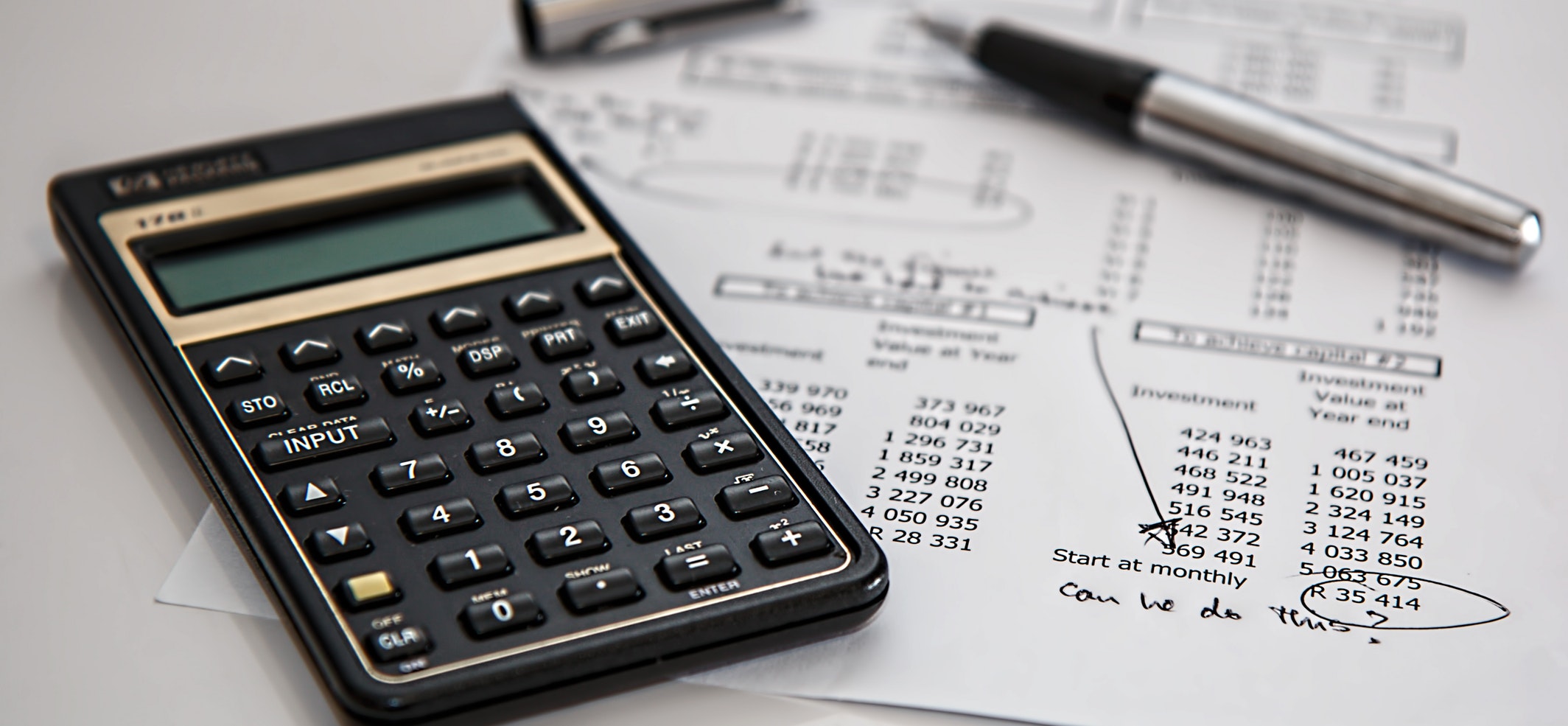
How Much is That Business Owner Earning? Calculating SDE.
SDE is Seller’s Discretionary Earnings. It is the Total Owner Benefit a business produces and is generally used for evaluating businesses with gross annual sales that are under $1,000,000.
For larger business, EBITDA is more frequently use, EBITDA is Earning Before Interest, Tax, Depreciation, and Amortization.
It is assumed with SDE that there is one (1) and ONLY one (1) full time, working manager in the business.
If, in realty, the owner is not working in the business, then the money spent on labor that could be saved with a full-time working owner should be added back to the Net Profit to get the SDE. In contrast, if multiple partners are working in the business, only partner would be considered.
The amount a capable employ (or employees) would be paid to replace the additional partner(s) would be subtracted from the reported earnings. Other items, such as Interest and Depreciation, are also added back.
NOTE: Whenever you are looking at buying a business, seek professional support.
See formula below:
SDE Formula
Profit on Income Taxes
+ Nonrecurring Expenses
– Nonrecurring Income
+ Non-operating Expenses
– Non-operating Income
+ Depreciation
+ Amortization
+ Interest Expense
+ One Owner’s Total Compensation
= SDE
*NOTE: This formula is generally used but some Sellers will insist on using their own calculations. People define Seller’s Discretionary Earnings (Owner Benefit, Adjusted Net…) in different ways. This “should” refer to the amount the Owner earns but again, without a clear definition, the formula can vary. From the International Business Brokers Association, Legacy Venture Group has gleaned the formula to assist Buyers and Seller. When looking at tax returns (remembers to request the copy of the tax returns FROM the IRS and NOT a copy the Seller has lying around) or vetted Profit and Loss Statement, you can used this general formula as well but ask the Seller for specifics as to how he or she defined the number.
Although Sellers may choose otherwise, try to consistently use this formula when helping Sellers determine profit. Examine each item carefully and decide if the add-back applies to all people; i.e. a Buyer might not get the same “low” price a Seller is getting for a key product that she or he buys from a relative…
Make sure all Buyers are also comparing apples to apples. Often times, Sellers or their brokers are making things look as good as they can.
Beware, be thoughtful, be careful.

